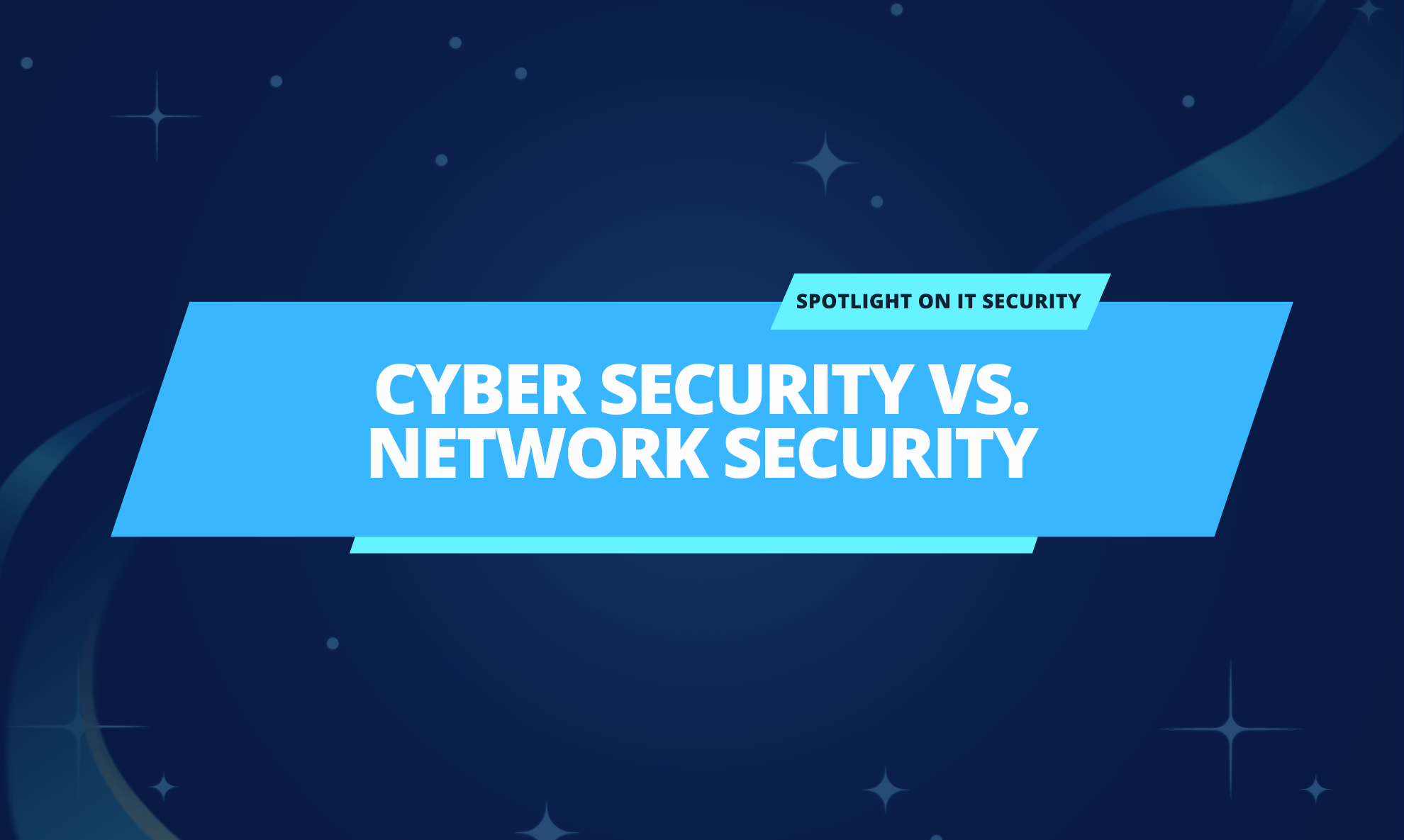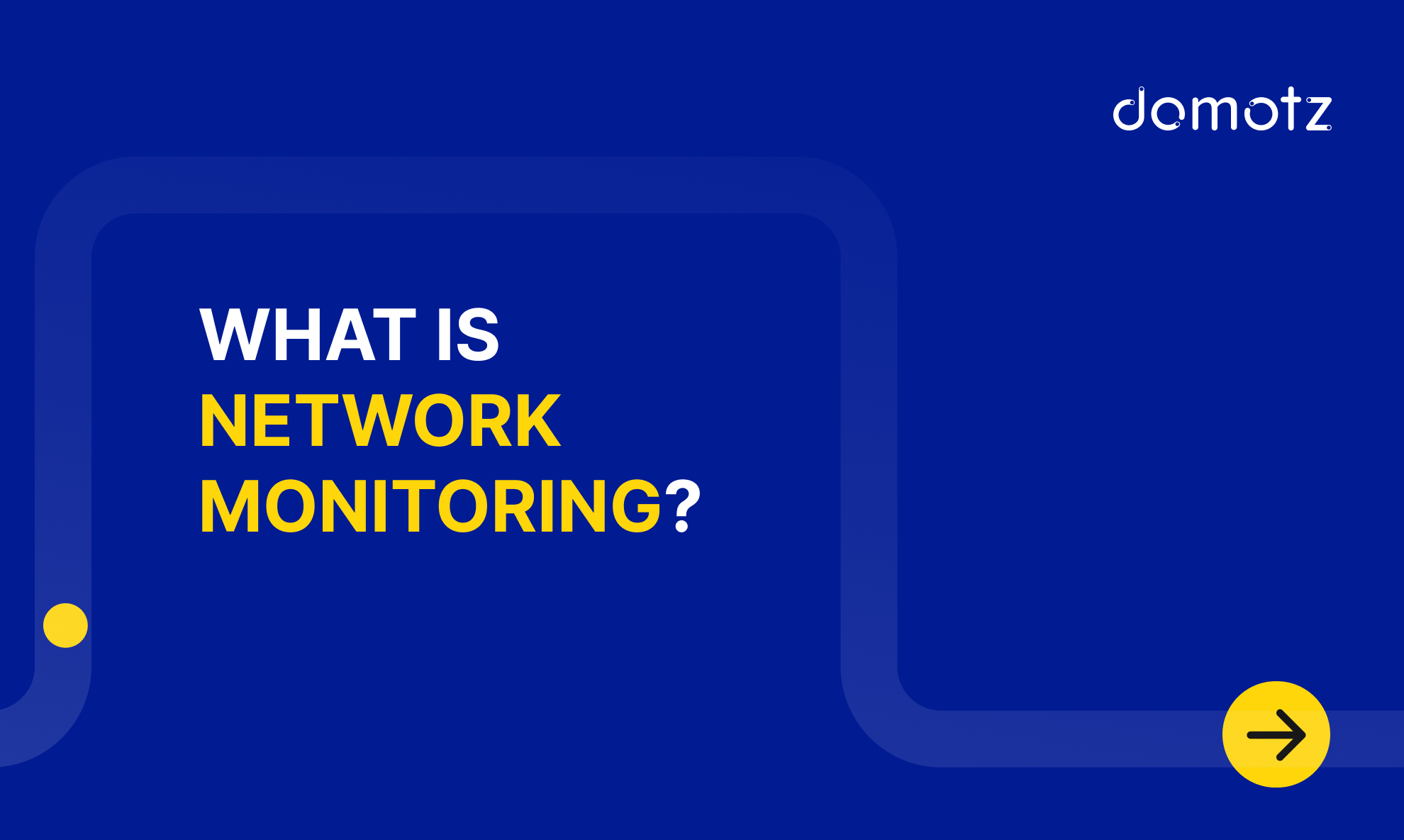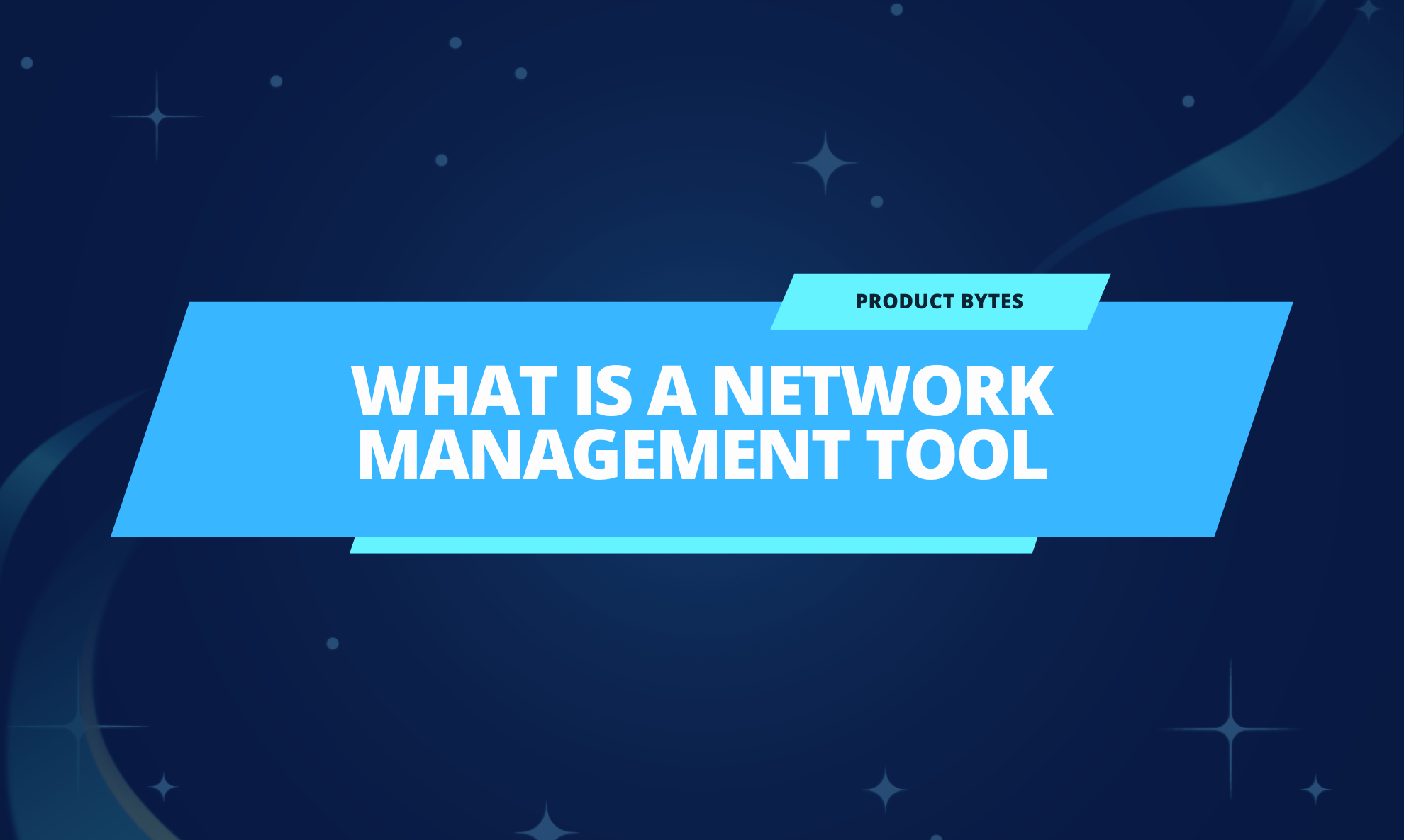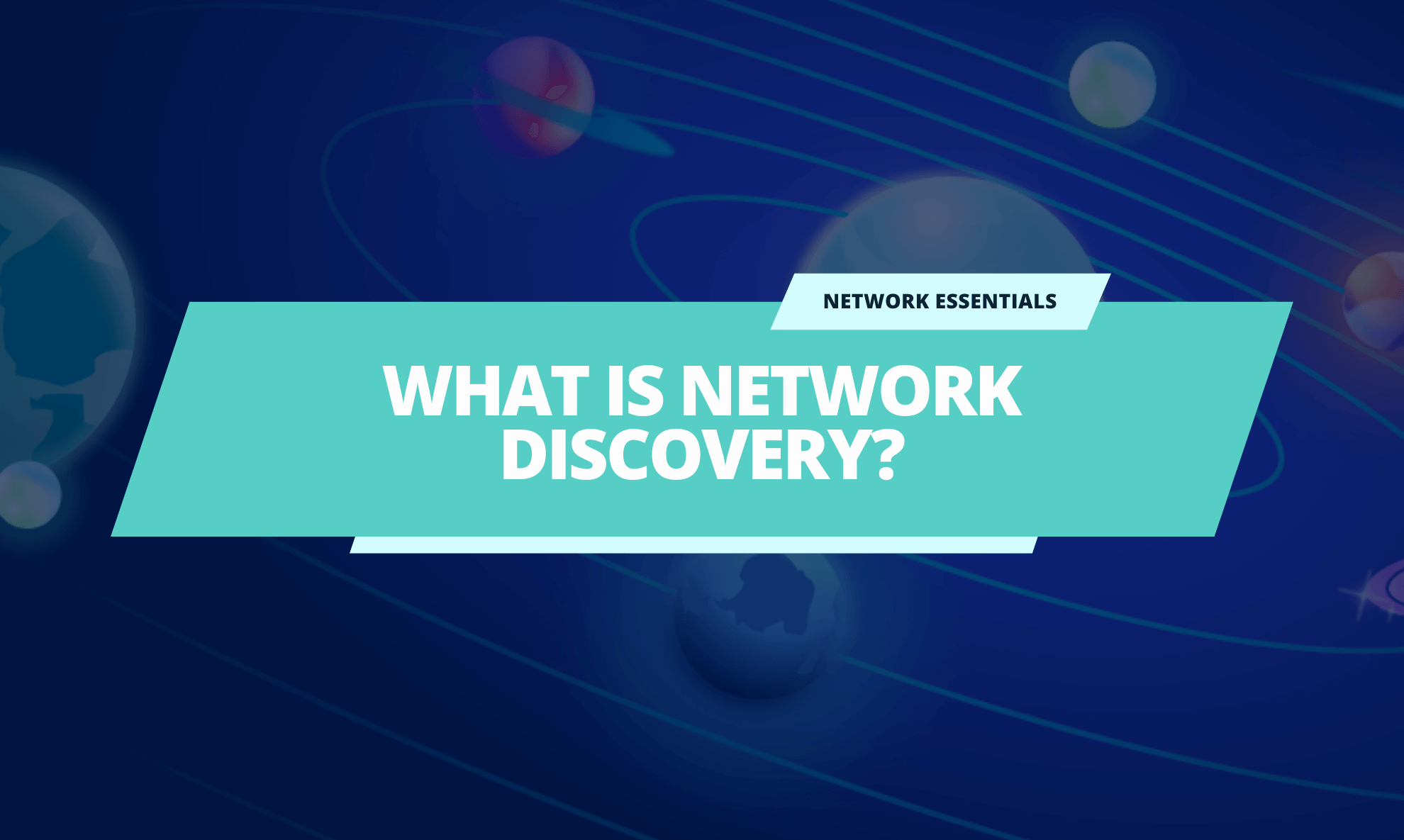Cyber security vs. network security – Are they the same? Which one should you focus on? Although the terms are often used interchangeably, they mean different things. Cybersecurity and network security are two sides of the same coin. However, it’s important to understand their differences in the face of rising cyber-attacks and data breaches.
Before analyzing cyber security vs. network security, first, let’s understand the concepts.
In this blog post:
- What is cyber security?
- What is network security?
- Cyber security vs. network security
- Enhance your security level with Domotz
What is cyber security?
Cyber security refers to aspects of information security that protect the integrity of hardware, systems, and software from unauthorized access.
These procedures and strategies help you secure network infrastructure, data, computers, mobile devices, servers, and other systems.
Why is cyber security important?
- Protect computer systems from viruses, spyware, worms, and other cyber attacks.
- Assure users have secure browsing experiences.
- To secure data from unauthorized and illegal access.
- To help you minimize computer crashes and chilling.
- It is more cost-effective to prevent than to manage data breaches later.
- Avoid damage to your brand reputation.
However, cyber security has disadvantages too. First of all, cyber security systems are not easy to use. Often, they make the system work slower. In addition, they might need a lot of investment in terms of time and money.
Examples of cyber security
- Data encryption is how you transfer data from one form into another. Anyone who wants to access the encrypted data will have a decryption key.
- Online authentication involves identity verification before granting access to a system or platform. It is usually carried out via login credentials that include a password.
- Application security: These protect applications from cyber-attacks and other security vulnerabilities. They use security measures initiated throughout an application’s software development life cycle.
- Cloud security: This refers to policies, controls, and applications used for protecting data, systems, and infrastructure hosted in the cloud.
What is network security?
Network security involves measures to protect data that’s in transit in a network. Network security aims to secure the accessibility and confidentiality of the network and its data.
With network security, you can defend your network from threats like spam, malware, Trojans, viruses, and spyware.
Why is network security important?
- Prevent online cyber-attacks that can damage system data and networks.
- Protect sensitive data such as customer information or proprietary material.
- Enhance the reliability and performance of a network by getting rid of bottlenecks.
- Help you meet compliance requirements.
- Assign multiple levels of access to improve security.
However, network security has disadvantages too. The biggest concern is maybe the cost, especially for small networks. In addition, setting up a network security bv system may be challenging.
Examples of network security
- VPN encryption: You can protect data passing between your computer and servers with VPN. This allows you to prevent outsiders from reading, intercepting, altering, blocking, or substituting content.
- Access control: With access control, you can limit or regulate who or what can view, access, or use resources in your systems.
- Firewalls: These network security protocols monitor incoming and outgoing traffic to protect your systems from viruses and hackers.
- Network segmentation: By separating your network into multiple smaller networks, you can control traffic, localize technical problems, and enhance security.
Cyber security vs. network security
To better understand the cyber security vs. network security debate, let’s analyze their differences. We will get a clearer picture when we contrast them across various parameters.
Definition
Cyber security involves systems that protect an organization’s devices and server data. It provides an additional line of protection against cyber criminals.
On the other hand, network security secures data as it travels through a company’s networks. This prevents nefarious actors from accessing sensitive information.
Hierarchy
Cyber security is a subset of the broader information security domain.
Instead, network security is a subset of cyber security.
Data
With cyber security, you can protect your entire digital data that resides in your devices and services. In that sense, it’s primarily hardware-centric.
Network security protects transit data as it flows through the network.
Protection
Cyber security protects you from cyber crimes such as phishing, pretexting, baiting, social engineering, and fraud.
Network security defends networks from viruses, DOS attacks, Trojans, and worms. For example, Domotz can detect when unauthorized devices access a network.
Role of professionals
Cyber security professionals monitor and detect cyber attacks to protect systems and devices. They watch out for weaknesses in systems and infrastructure that hackers can exploit.
Network security experts use tools to prevent cyber attacks by analyzing an organization’s network risks.
Enhance your security level with Domotz
Domotz network monitoring software is an excellent tool for enhancing network security. By implementing Domotz, you gain valuable insights into your network, allowing you to detect and mitigate potential vulnerabilities. Use Domotz to monitor network traffic, identify unauthorized devices, and detect suspicious activities. Domotz also offers real-time alerts, enabling you to respond swiftly to security threats.
With Domotz, you can proactively protect your network, ensuring your data and devices’ confidentiality, integrity, and availability.
Find below some key security features that can help you maintain your security:
Remote Connection
Domotz automatically scans open ports for available services to establish encrypted connections and ensure secure remote connection to all your connected devices. Encrypted data transmission protects sensitive information from interception. You can use Domotz for continuous port monitoring to prevent security threats that can cause network vulnerabilities. Use it to identify open ports that can cause network vulnerabilities. When you enable this feature, Domotz performs periodical and automatic TCP Port Scans from the Domotz Cloud against the public IP address of the network you’re monitoring (WAN IP Address).
Strong Authentication
Domotz supports SAML/SSO authentication to help you streamline the authentication process and enhance user experience. To add an extra layer of security, Domotz offers two-factor authentication during login. 2FA increases security and prevents unauthorized users from gaining access to your systems.
Multi-User Access
Domotz allows you to share access with trusted users. You can use the secure network collaboration feature to manage users, roles, and network access levels across multiple networks using Domotz.
Network Scanning & Inventory
Domotz automatically discovers all your IP-connected devices using the new device discovery and classification feature. It maintains an up-to-date inventory of devices, helping you quickly spot any unauthorized or unknown devices.
Real-time Device Monitoring & Alerting
Domotz continuously monitors the status and performance of all connected devices. Moreover, it provides real-time alerts for any unusual activities or potential security threats.
Customizable Dashboards
Visualize information across all the sites you manage with the Domotz network monitoring dashboards. You can choose the devices you want to monitor, and add the data to see for those devices. As a result, you’ll be able to quickly sort, filter, and visualize multiple sites in your network monitoring dashboards.
Reporting
Use Domotz for audit logging and reports to track IT device activity, and prepare customized reports to evaluate potential issues.
Further reading:
- 5 Best Practices for Developing a Strong Cloud Security Strategy
- 9 Ways to Improve Your Network Security Management
- Network Security Architecture and CIS Controls



